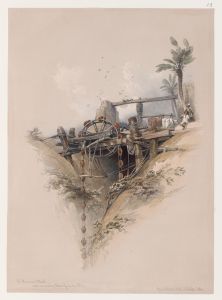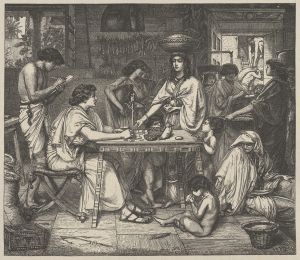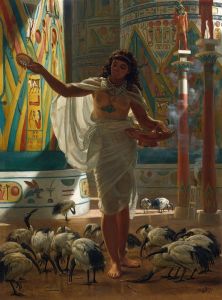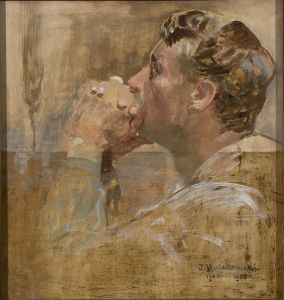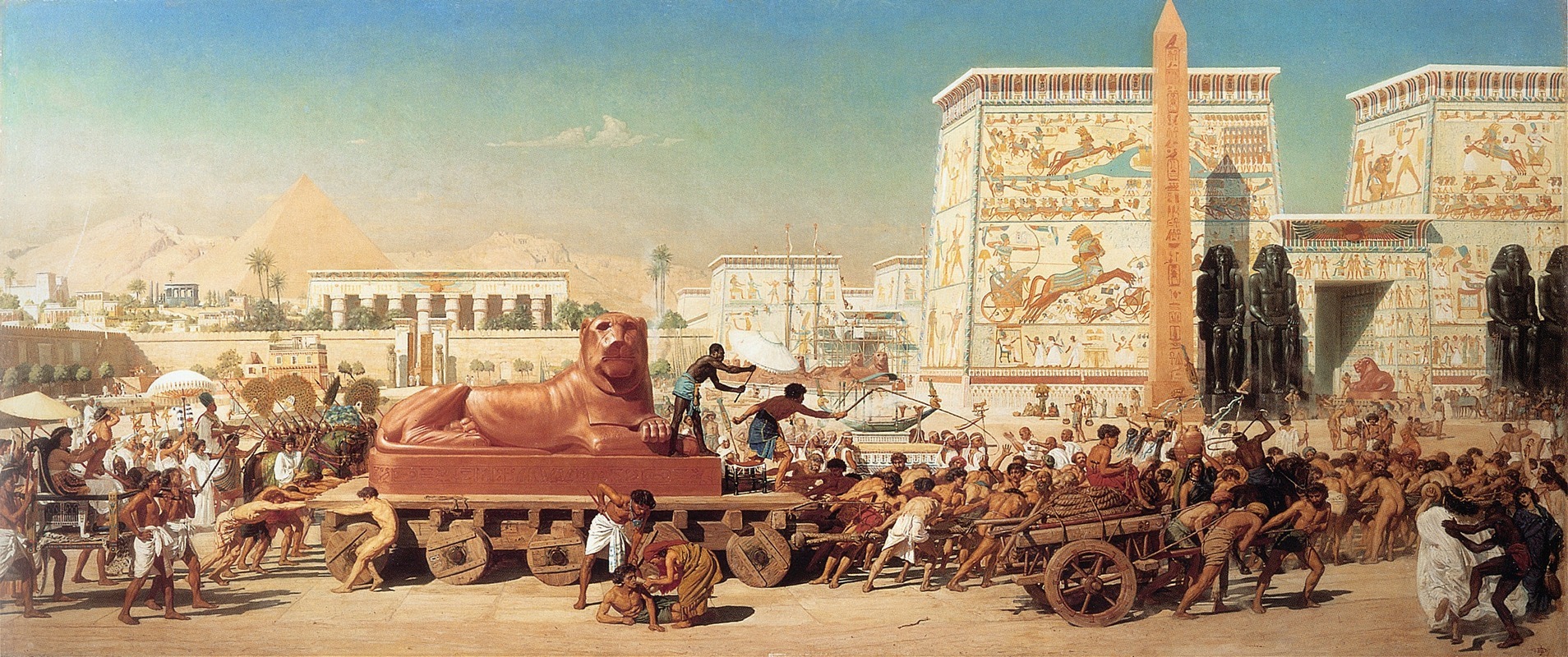
Israel in Egypt
A hand-painted replica of Edward John Poynter’s masterpiece Israel in Egypt, meticulously crafted by professional artists to capture the true essence of the original. Each piece is created with museum-quality canvas and rare mineral pigments, carefully painted by experienced artists with delicate brushstrokes and rich, layered colors to perfectly recreate the texture of the original artwork. Unlike machine-printed reproductions, this hand-painted version brings the painting to life, infused with the artist’s emotions and skill in every stroke. Whether for personal collection or home decoration, it instantly elevates the artistic atmosphere of any space.
"Israel in Egypt" is a painting by the British artist Sir Edward John Poynter, completed in 1867. Poynter was a prominent figure in the Victorian art scene, known for his historical and classical subjects. This particular work is one of his most celebrated pieces and is housed in the Guildhall Art Gallery in London.
The painting depicts a scene from the biblical story of the Israelites' enslavement in Egypt, as described in the Book of Exodus. Poynter's work captures the moment when the Israelites are forced to labor under harsh conditions, constructing the monumental architecture of ancient Egypt. The painting is notable for its detailed representation of both the human figures and the architectural elements, showcasing Poynter's meticulous attention to historical accuracy and his skill in rendering complex compositions.
In "Israel in Egypt," Poynter employs a grand scale and a dramatic composition to convey the oppressive atmosphere of the scene. The Israelites are shown in various states of toil and exhaustion, their bodies straining under the weight of the stones they are compelled to carry. The figures are arranged in a dynamic yet orderly fashion, emphasizing the systematic nature of their labor and the dehumanizing effect of their enslavement.
The background of the painting features the imposing structures of ancient Egypt, including pyramids and colossal statues, which serve as a stark contrast to the suffering of the Israelites. Poynter's use of light and shadow enhances the dramatic tension of the scene, highlighting the physical and emotional burden borne by the enslaved people. The architectural elements are rendered with precision, reflecting Poynter's interest in archaeology and his commitment to historical authenticity.
Poynter's "Israel in Egypt" reflects the Victorian fascination with biblical themes and the moral and ethical questions they raise. The painting can be seen as a commentary on the universal struggle for freedom and the resilience of the human spirit in the face of oppression. It also aligns with the 19th-century interest in Orientalism, which sought to explore and depict the cultures and histories of the Near East.
The painting was well-received upon its exhibition, earning Poynter significant acclaim and solidifying his reputation as a leading artist of his time. It remains an important work within the context of Victorian art, exemplifying the era's artistic and cultural preoccupations.
Overall, "Israel in Egypt" is a testament to Edward John Poynter's artistic skill and his ability to convey complex historical narratives through his work. The painting continues to be appreciated for its technical mastery and its evocative portrayal of a pivotal moment in biblical history.





